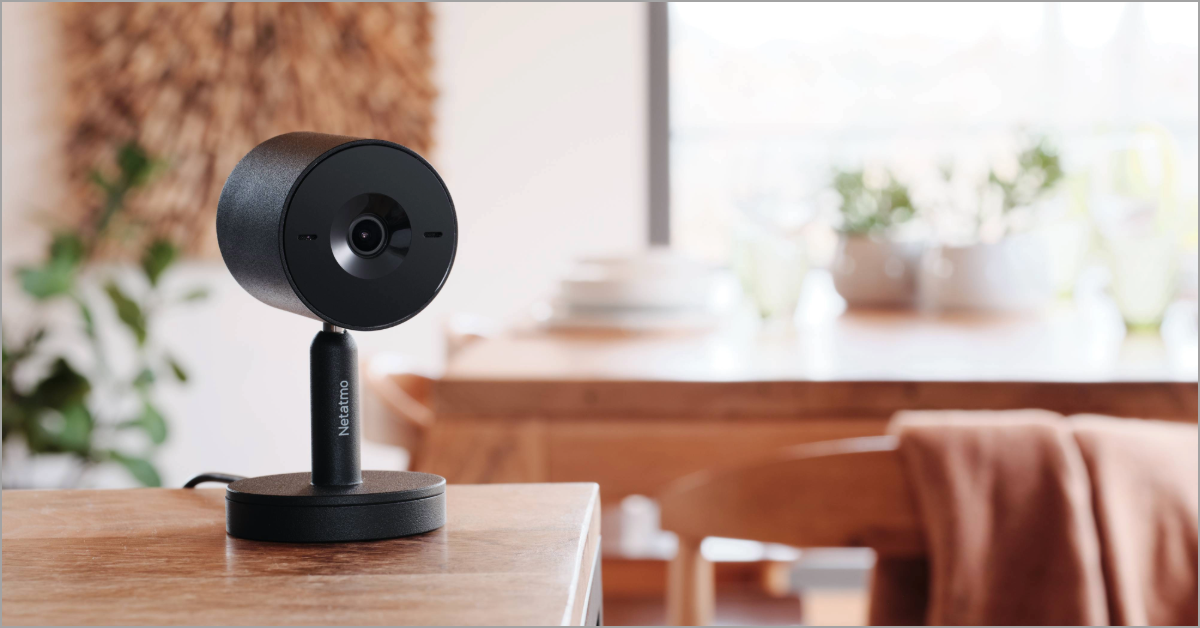
New Indoor Camera Advance

Essentially, bleeding your home radiators is a quick and simple way to release any pressure that builds up over time within the radiator system.
Bleeding your radiators regularly also allows you to remove any air bubbles and sludge that have accumulated in your radiators while they’ve been heating your home.
You need to ensure you remove these pressure areas and build-ups of excess material by bleeding your radiators periodically. If not, they could impede the correct functioning of your home heating setup.
In the long run, your radiators could actually stop working completely if you’re not bleeding them as you need to. That’s a particularly nastry surprise as autumn and winter roll around and you most need to heat your home.
Overall, bleeding your home radiators isn’t complicated - it just takes a little time that’s well worth it to ensure your home doesn't turn cold! We’ll walk you through each step of bleeding your radiators below, so that you can easily do it yourself at home.
The technique is easy enough - you’ll just need to follow a couple of precautionary measures to make sure you stay safe while bleeding your radiators at home.
Did you know that there are other benefits to bleeding your radiators, aside from keeping them heating your home reliably? If you need to reduce pipe noise, bleeding your radiators is a good place to start. Plus, regularly bleeding your radiators will make sure they heat your home as efficiently as possible. This is likely to bring down your home heating bills!
Did you know that you can make bleeding your hot water radiators much easier by installing a Netatmo Smart Thermostat? What’s more, this handy device allows you to regulate, program and adjust your home heating levels right from your digital devices - anywhere, anytime! Optimise your home heating, your energy consumption and your home heating equipment in one.
As we’ve seen, we need to get into the habit of regularly bleeding our home radiators for multiple important reasons. So, how often should you bleed your home radiator system?
The good news is that there’s no need to bleed all your radiators every month. In fact, it’s recommended that you bleed your radiators just once a year, to keep them heating your home well.
In general, it’s wise to bleed your radiators at the start of autumn, as the weather starts to turn cold and you begin to use your home radiators more. Of course, it’s also recommended to bleed your radiators if you notice that they’re not heating your home as well as they normally do.
Or, you might need to bleed your radiators if you notice that they’re no longer heating up to the same temperature across their whole surface. This heating imbalance is usually an indication that there’s a blockage or bubble that needs to bleed out.
Luckily, bleeding your radiators only takes a couple of minutes and you can start using your radiators to heat your home again right away. So, there’s no reason to put off bleeding your radiators because it’s too much of a hassle!
To bleed your home radiators, you’ll need a pair of pliers or a screwdriver, an adjustable wrench (or a specialised radiator bleeding wrench, if you have one) and a small container.
The Netatmo team recommends that you start by bleeding the radiator that’s closest to your home boiler, then move away from the boiler from radiator to radiator. This reduces your chances of needing to start the bleeding process all over again once you’ve reached the final radiator in your home heating setup.
If your radiators have a bleeder installed (as most home radiators do these days), simply turn the white-rimmed screw on top of the radiator. This will bleed the radiator for you - job done!
If there’s no bleeder on your radiator, place the container under its bleeding screw (located on the opposite side to the radiator heat control valve). The container is to catch any water that runs out.
Turn the bleeding screw for a few seconds - you’ll probably hear a slight hiss of air come out. Unscrew until a few drops of water come out of the radiator, then re-tighten without forcing the screw. Then, reset your thermostatic valve to your desired heating level.
Sometimes, bleeding your radiators reduces the pressure in your home heating setup. You’ll need to rebalance it!
Do this by adding water to the system via the heating circuit’s filling valve (located below or near your home boiler).
Open the valve carefully, fill it with water and close it as soon as the pressure gauge needle (located on your boiler) is at the right pressure level again.
Bleeding your home radiators might not be the most riveting activity in the world, but it’s the best way to ensure they’re heating your home as well as possible! Plus, you can prolong radiator lifespan and reduce unwelcome pipe noise by simply bleeding your radiators regularly. If you have questions, concerns or doubts about bleeding your radiators at home, contact a heating engineer. A professional will be able to bleed your radiators for you, as well as setting you up to do it yourself next time around.